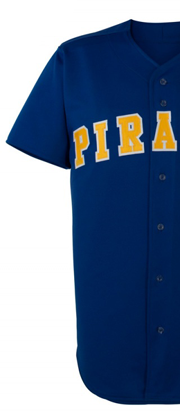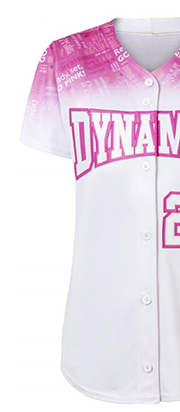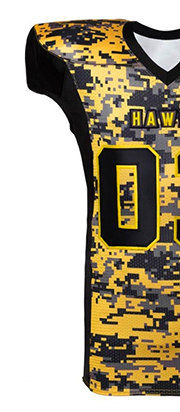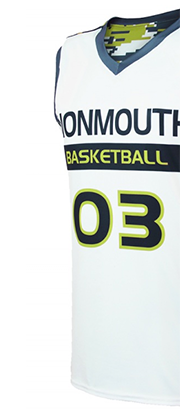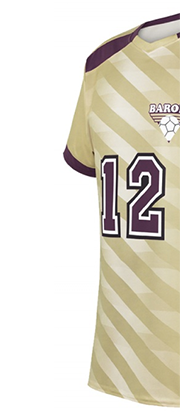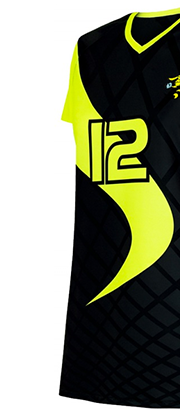Football Uniform Rules
When it comes to football uniforms, safety is the name of the game. But different levels of play have different requirements to help ensure this.
Youth
Helmets are one of the most important parts of a football uniform, and are required at the youngest of age levels through to professional teams. Helmets must be approved by the NOCSAE, and must bear their seal of certification. Other uniform safety equipment includes shoulder pads, hip pads, tail bone pads, thigh guards, knee pads, and a mouth guard.
The youth football uniform consists of pants, which can be either one piece or a shell, a jersey, and shoes. Shoes must be rubber cleats, either soccer style or football style, but may not have metal cleats. Jerseys may bear the player’s number and name on the back, as well as their number, team name or logo, league logo, and an American flag on the front. Many leagues require jerseys be tucked into the pants. Rules regulating undergarments are limited at the youth level.
High School
At the high school level, much of the same protective padding and safety equipment is required. Helmets must be certified by the NOCSAE, just as they are at the youth level. Each player is given a number between 0 and 99, with numbers not to be repeated on a single team. Numbers must be displayed on both the front and back of the jersey.
Besides regulations on what a jersey and uniform should include at the high school level, there is also a list of items and designs that are banned from use. For instance, a logo or trademark of the company that produced the jersey cannot be bigger than 2 ¼ inches by 2 ¼ inches, and there can be only one logo or trademark on each jersey. Information on the size or care instructions for the garment cannot be displayed on the outside of a jersey. Additionally, no part of the uniform or safety equipment can be the same color as the football, to help prevent confusion.
Collegiate
College football in the United States is a popular, often televised event. Its high profile nature means that uniform and safety equipment guidelines are expected to be adhered to without exception. Helmets and padding must be worn at all times, without exceptions. At the college level, matching safety equipment is worn by all players, and may even be colored to coordinate with the team’s or school’s colors. Teams must have two jerseys, one which is worn for home games, and one which is often worn for away games, though the home jersey may be worn at away games if it is of a color that contrasts the other team’s.
Jerseys must be full-length, and must be tucked in at all times. The sleeves of the jersey must fully cover the player’s shoulder pads. Even the numbers worn by players are strictly regulated. The player’s number is chosen based on the position that the player fills. No other markings can be in the area where the number is located, to prevent confusion, and numbers must be large, and displayed on both the front and back of the jersey.

